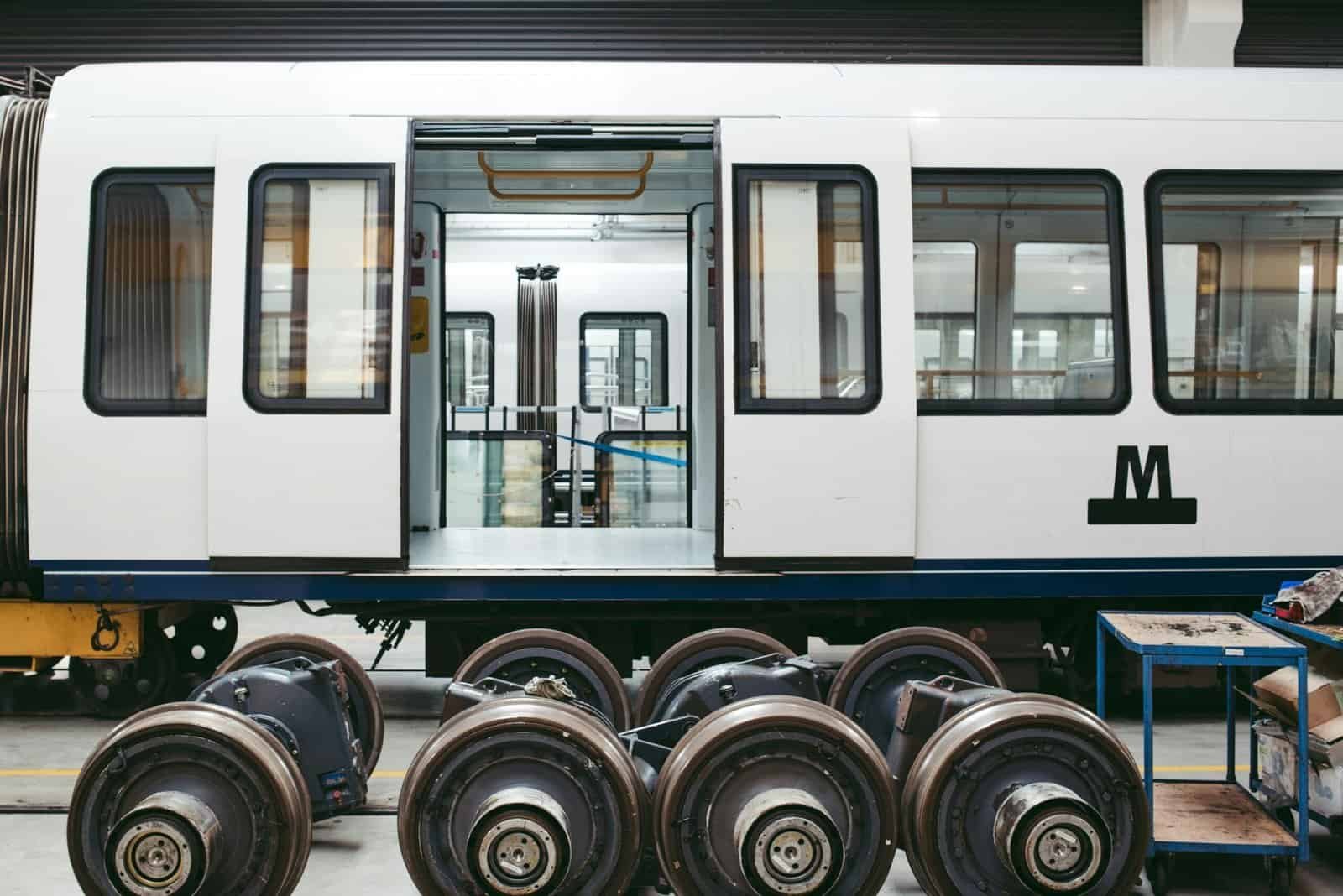Have you ever thought about how essential maintaining your shallow well is to ensure it provides clean and safe water for your household? The importance of taking good care of your shallow well cannot be overstated, as it directly affects the quality and longevity of your water source. In this friendly guide, you’ll discover the best practices for maintaining a shallow well in a way that’s both easy to understand and informative.
Understanding Shallow Wells
Before you dive into maintenance practices, it’s important to grasp what a shallow well is and how it functions. Shallow wells are typically less than 50 feet deep and are used to tap into water closer to the earth’s surface. These wells are usually more susceptible to contamination than deeper wells, making their maintenance crucial.
How Shallow Wells Work
Shallow wells draw water from the aquifer closest to the surface. They are generally equipped with a pump that pulls water into pipes and delivers it to your home. Because they reach water sources near the surface, they can be more vulnerable to pollutants and changes in environmental conditions.
Why Maintenance is Vital
Regular maintenance of your shallow well is essential for several reasons. It ensures your family’s access to safe and clean drinking water, prolongs the lifespan of the well, and can prevent potentially costly repairs.
Health Implications
Contaminated water from an unmaintained well can lead to various health issues, from minor gastrointestinal discomfort to serious diseases. Regular checks and cleaning can help prevent these problems.
Economic Considerations
Proper maintenance can prevent expensive fixes or even the need for drilling a new well. A well-managed shallow well can serve you efficiently for years, offering better economic value.

Practices for Maintaining a Shallow Well
Now that you understand the importance of maintaining your shallow well let’s explore the various practices that will help you achieve this goal.
Regular Water Testing
Consistently testing your well water for contaminants is crucial. It’s a proactive approach to ensure the water remains safe for consumption.
Recommended Testing Frequency
- Bacteria: At least once a year, preferably after heavy rainfall.
- Nitrates and pH Levels: Every two to three years.
- Metals and Minerals: Every three to five years or if changes in taste or color are noticed.
Inspect the Wellhead
The wellhead is your well’s access point to the surface and should be inspected frequently to ensure it is in good condition.
Wellhead Inspection Steps
- Check for Cracks: Look for visible cracks or damage on the wellhead cap and seal.
- Clear Debris: Make sure no debris or plants are growing around the wellhead.
- Proper Sealing: Ensure the seal is tight and prevents contaminants from entering.
Seal Unused Wells
If your property has unused wells, it’s important to seal them properly. Unsealed, abandoned wells can cause contamination of the aquifer.
Sealing Process
- Hire a professional to ensure the well is sealed according to local regulations.
- Use appropriate materials to avoid any leaks or contamination.
Protecting the Area Around the Well
The area surrounding your shallow well is just as important as the well itself. Proper care of this area can prevent contaminants from reaching your water supply.
Safe Distance for Activities
It’s crucial to maintain safe distances from your well regarding certain activities, such as:
- Septic Tanks: At least 50 feet away.
- Chemical Storage: At least 100 feet away.
- Animal Pens: At least 250 feet away.
Landscaping Tips
Implement proper landscaping strategies to further protect your well.
- Slope Grading: Ensure the ground slopes away from the well to prevent surface runoff from contaminating it.
- Ground Cover: Use grass or other vegetation that can absorb rainwater and prevent erosion.

Performing Routine Maintenance
Consistent maintenance tasks can help extend your shallow well’s life and improve its water quality.
Well and Pump Maintenance
Regularly inspect both the well and pump for any signs of wear or damage.
Maintenance Checklist
- Inspect for Leaks: Look for any leaks in the pump or well casing.
- Check Pump Operation: Listen for unusual noises or vibrations.
- Review Energy Use: An increase could signify a problem with the pump.
Water Level Monitoring
Monitoring the water level can help you understand the availability of water in your well and detect potential issues early.
Monitoring Methods
- Manual: Use a float or measuring tape.
- Electronic: Install a water level monitoring system for more precise measurements.
Addressing Common Problems
Several common issues can arise with shallow wells. Knowing how to address these problems promptly can save you time and resources.
Decreased Water Pressure
Low water pressure can be caused by various factors, including blockages or a failing pump.
Troubleshooting Steps
- Check Filters: Ensure filters are clean and free of debris.
- Inspect Pump: Confirm that the pump is operating correctly and that there are no air leaks.
Water Quality Changes
Noticing a change in your water’s taste, color, or smell can indicate contamination or mineral build-up.
Response Actions
- Immediate Testing: Conduct a water test to identify the cause.
- Professional Inspection: Hire a professional to diagnose and address the issue.

Hiring Professionals for Well Maintenance
While there are many tasks you can handle yourself, some aspects of well maintenance require a professional’s expertise.
When to Call a Professional
Here are scenarios when hiring a professional is advised:
- Well Drilling and Sealing: For new installations or sealing old wells.
- Complex Repairs: If extensive repairs or replacements are needed.
- Contaminant Removal: If water tests detect harmful contaminants.
Selecting a Quality Service Provider
Choosing the right professional can ensure your well receives the best care.
Criteria for Choosing
- Licensing: Ensure the provider is licensed and certified for well maintenance.
- References: Ask for and check customer references.
- Experience: Opt for providers with substantial experience in shallow well maintenance.
Keeping Records
Documenting your well’s maintenance history can be incredibly beneficial over time.
What to Record
Keep detailed records of the following:
- Water Test Results: Document each test date and results.
- Maintenance Activities: Log all performed maintenance and inspections.
- Service Provider Details: Keep information of any professionals hired.
Benefits of Record Keeping
- Identify Trends: Notice patterns that could indicate emerging problems.
- Document Compliance: Prove that the well is maintained according to regulations.
- Support Resale: Provide potential buyers with evidence of proper maintenance.

Conclusion
Maintaining a shallow well with care and diligence ensures it serves your household efficiently with safe drinking water. By following these best practices, including regular testing, routine inspections, and responsible area management, you’re securing your water source for the long term. Remember, while some tasks can be DIY, don’t hesitate to call in professionals for advanced issues. Embrace these practices as part of your routine, and you’ll contribute positively to your family’s health and environmental well-being.
